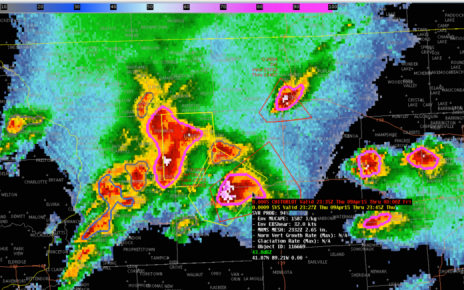Artist’s animation of a micronova, a new type of stellar explosion. Credit: European Southern Observatory.
Astronomers have discovered highly localized thermonuclear blasts coming from the surface of three white dwarf stars—unusually short-lived events they have dubbed “micronovae.” They’re similar to novas, except these blasts can burn through a tremendous amount of material in just a few hours, roughly equivalent to 3.5 billion Great Pyramids of Giza. According to the authors of a new paper published in the journal Nature, micronovae could be common in the Universe; they’re just difficult to detect because they don’t last very long.
“The phenomenon challenges our understanding of how thermonuclear explosions in stars occur,’ said co-author Simone Scaringi, an astronomer at Durham University in the UK. “We thought we knew this, but this discovery proposes a totally new way to achieve them. It just goes to show how dynamic the Universe is.”
Astronomers have known about novas for centuries. The 16th-century astronomer Tycho Brahe coined the term after witnessing a supernova in 1572, describing it in his treatise De nova stella (“concerning the new star”). The terms were used interchangeably until the 1930s when scientists began distinguishing between the events, since their causes and energies seemed quite different. Novas typically are the result, not of new stars, as the name implies, but the remnants of ancient stars known as white dwarfs.





